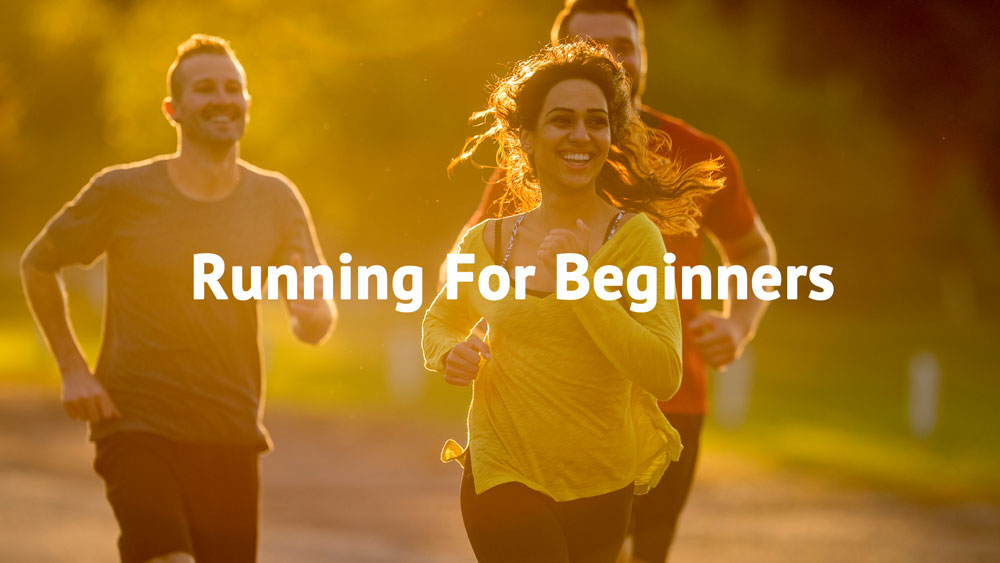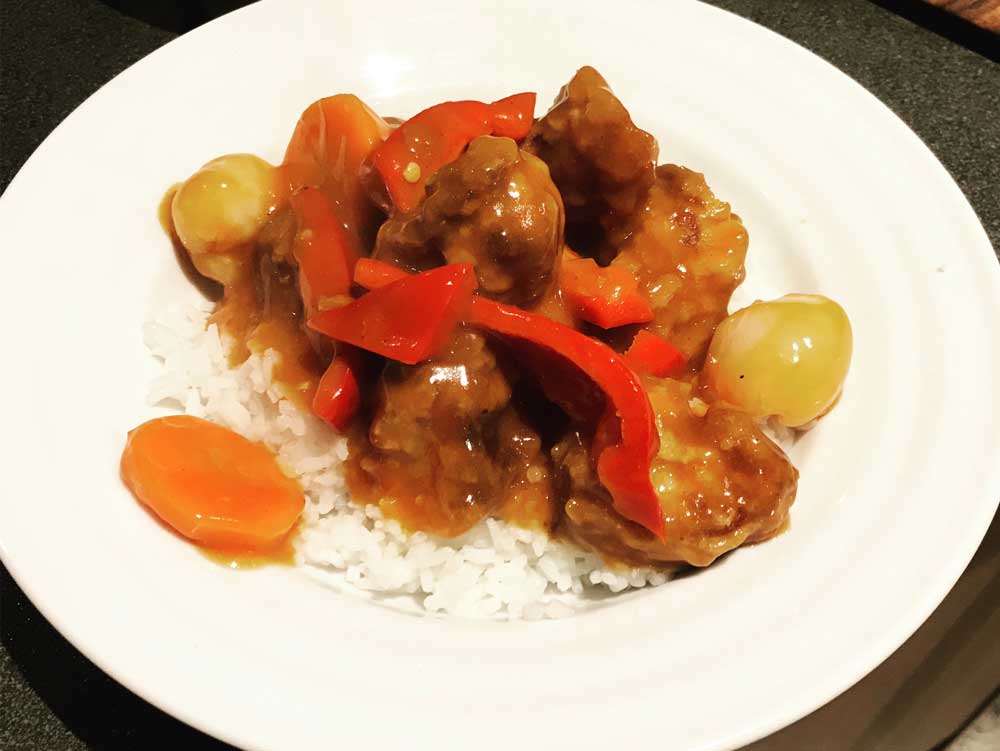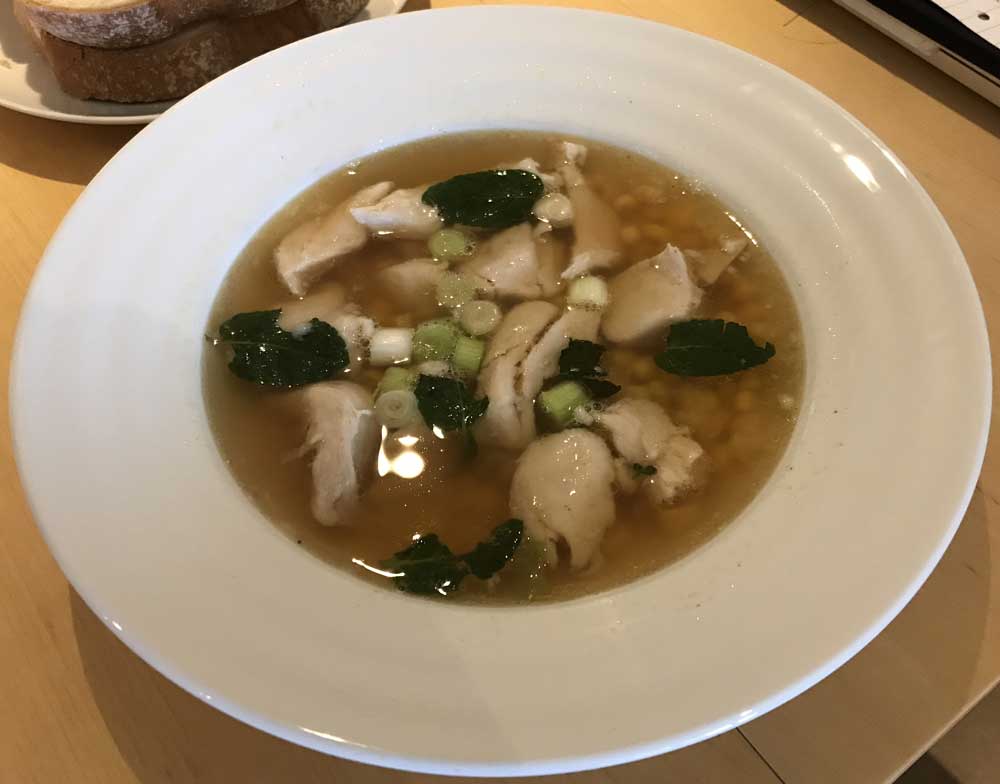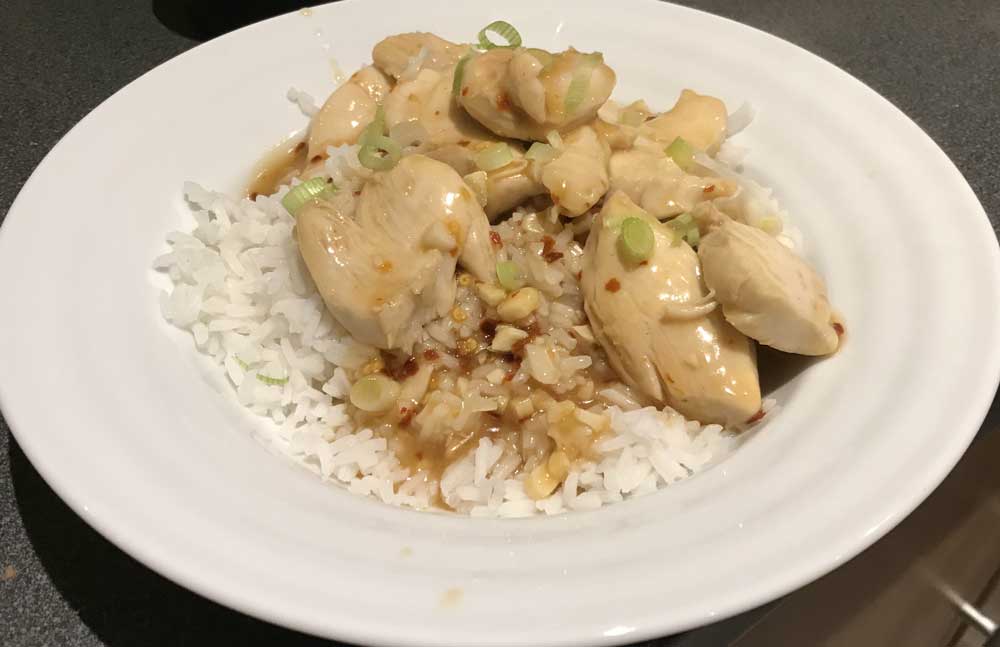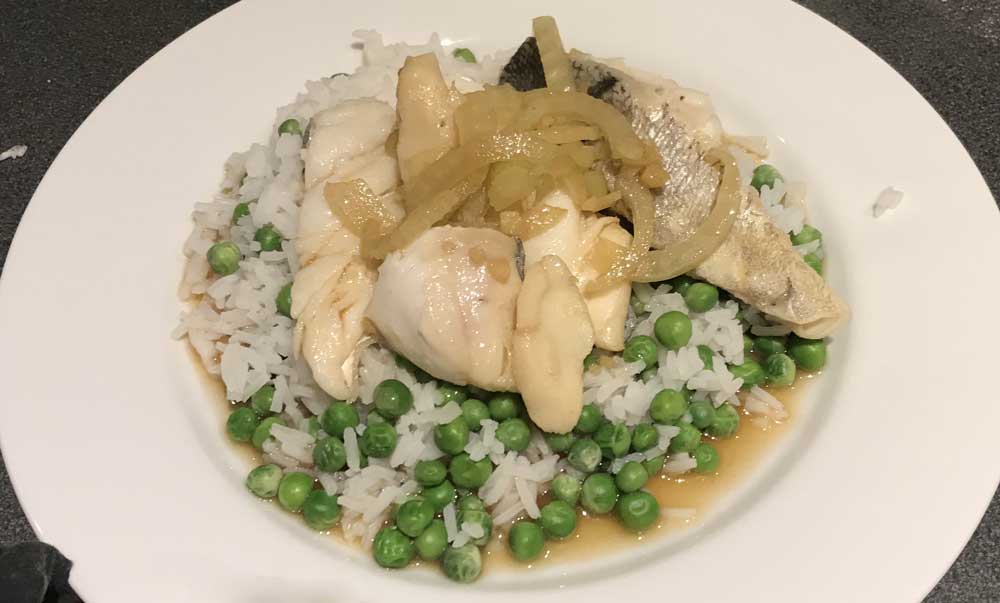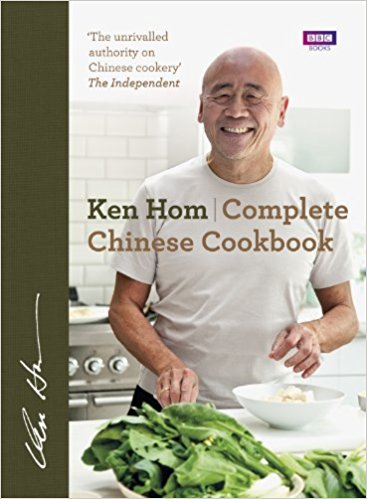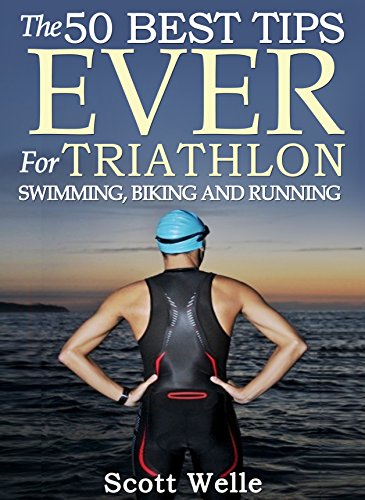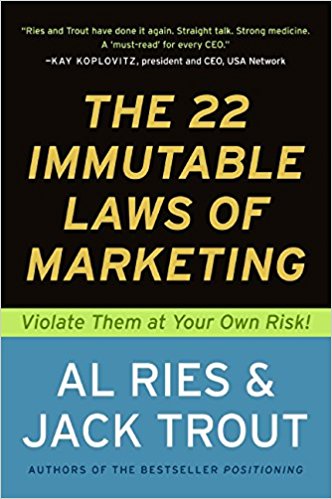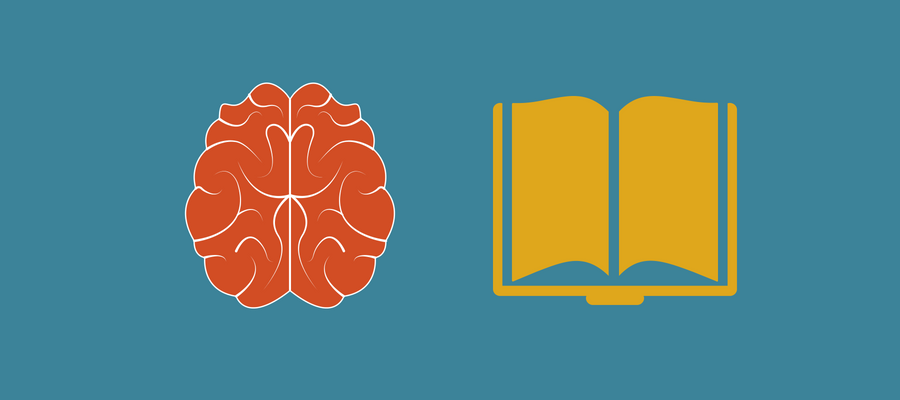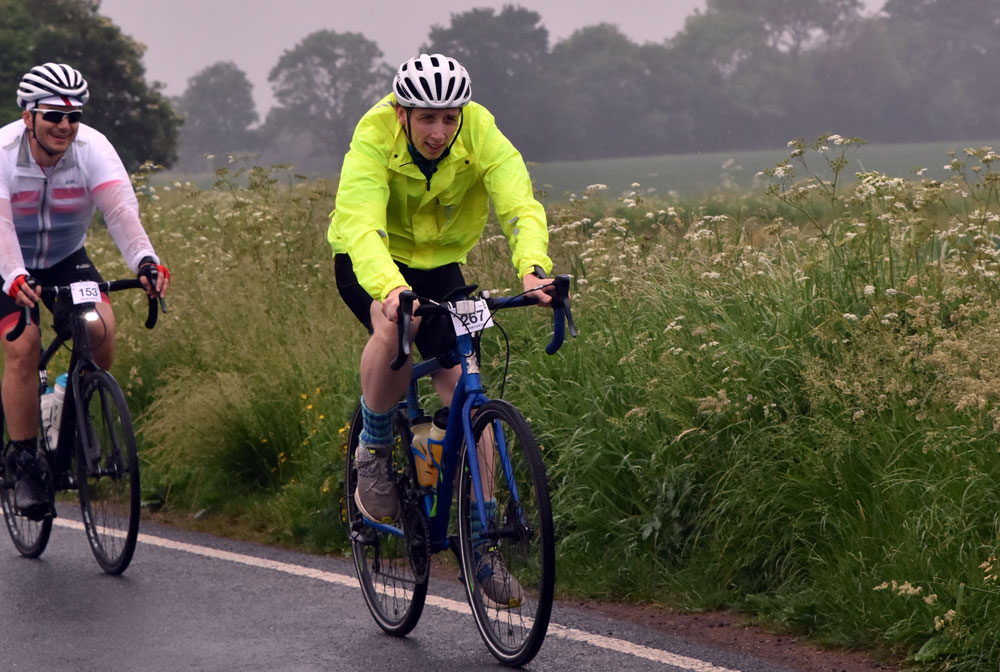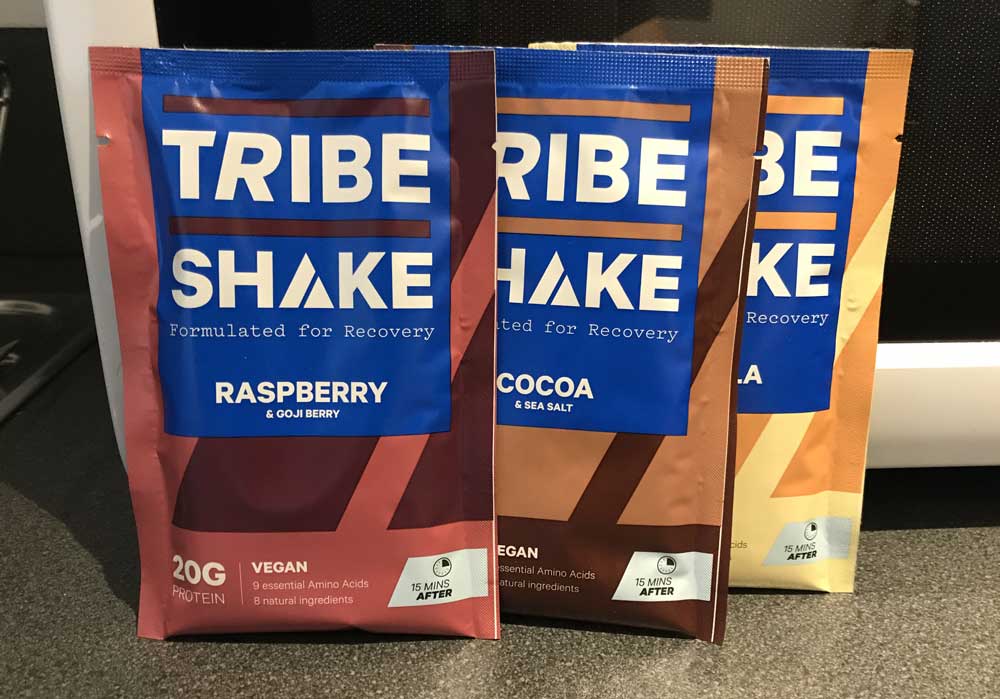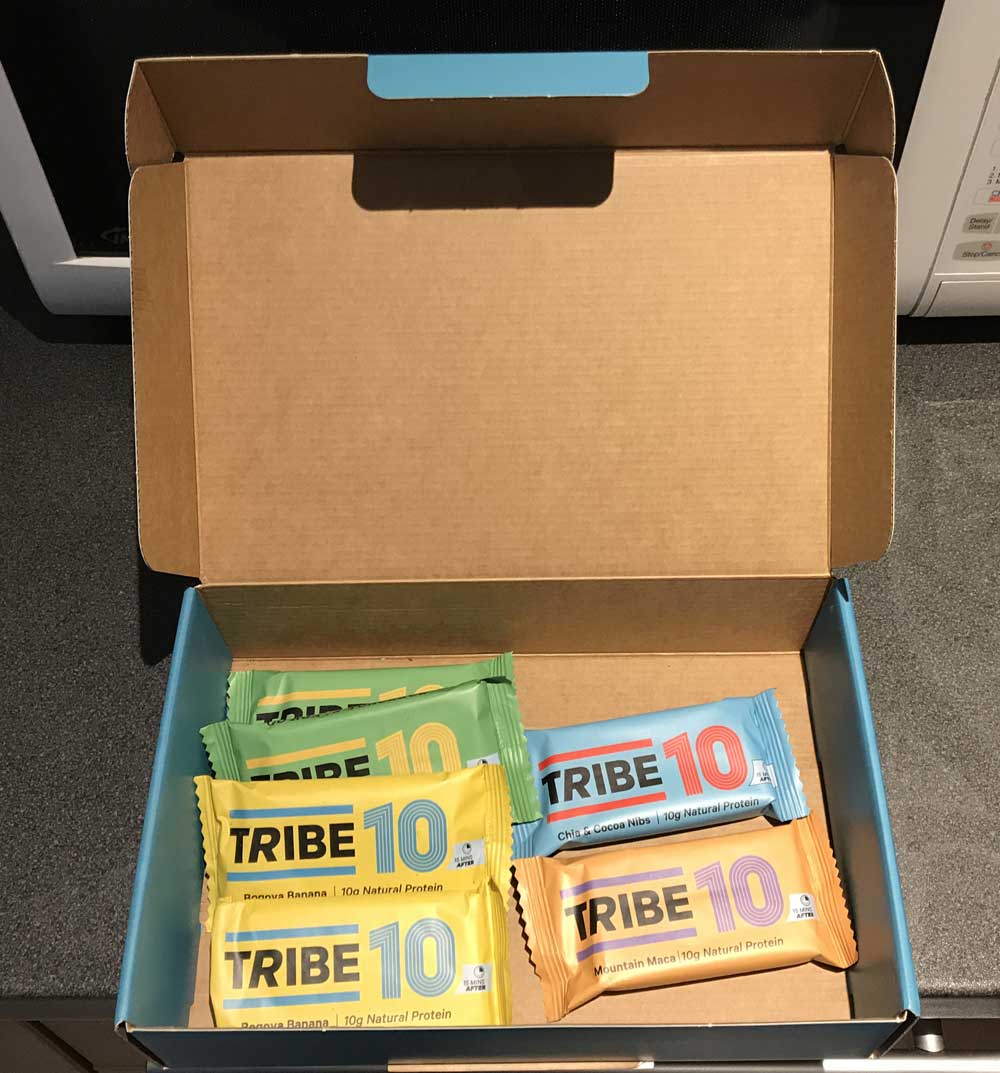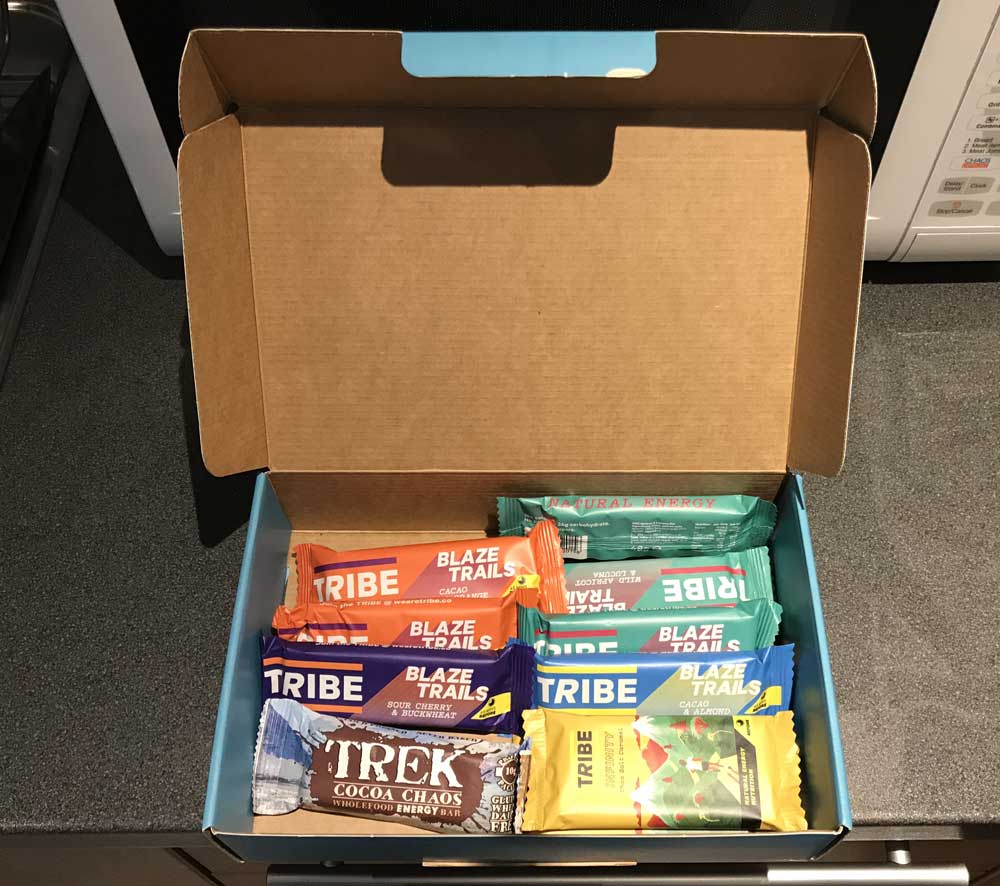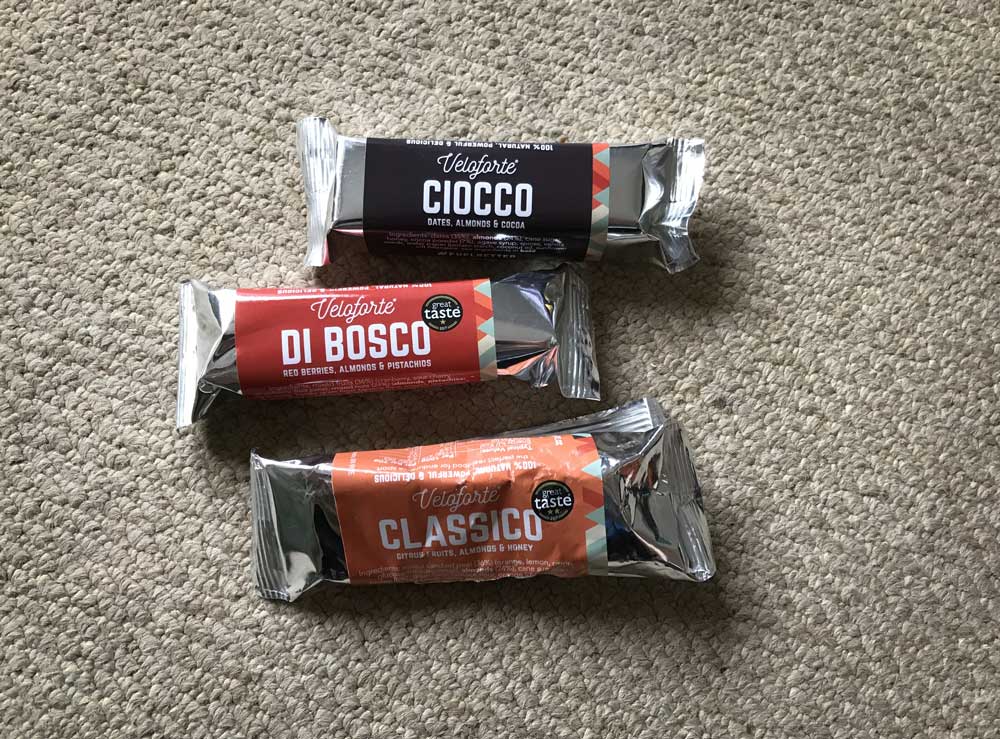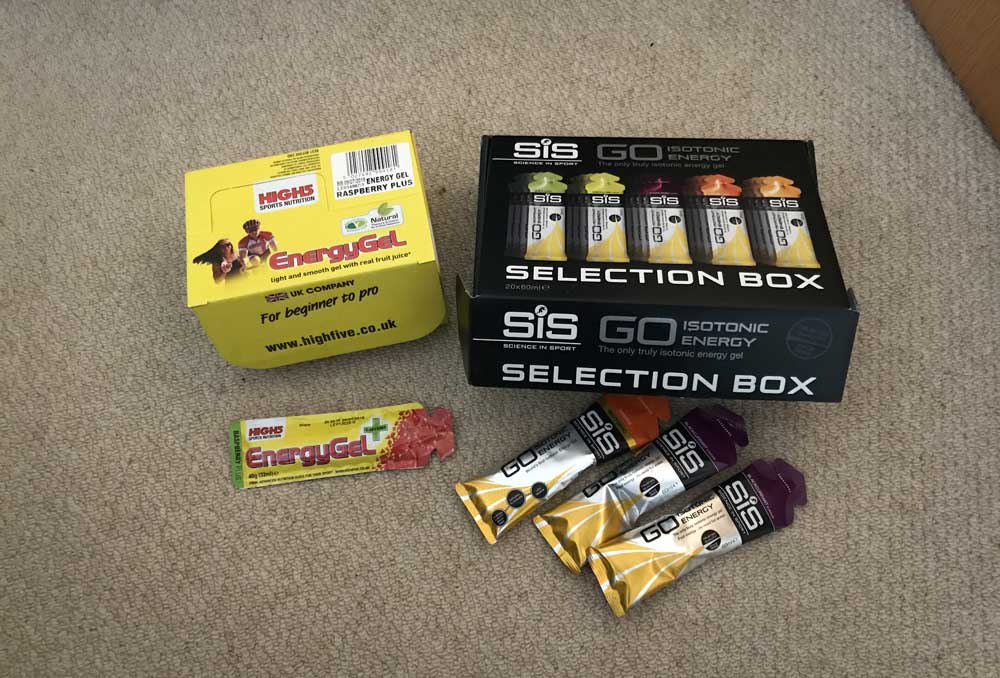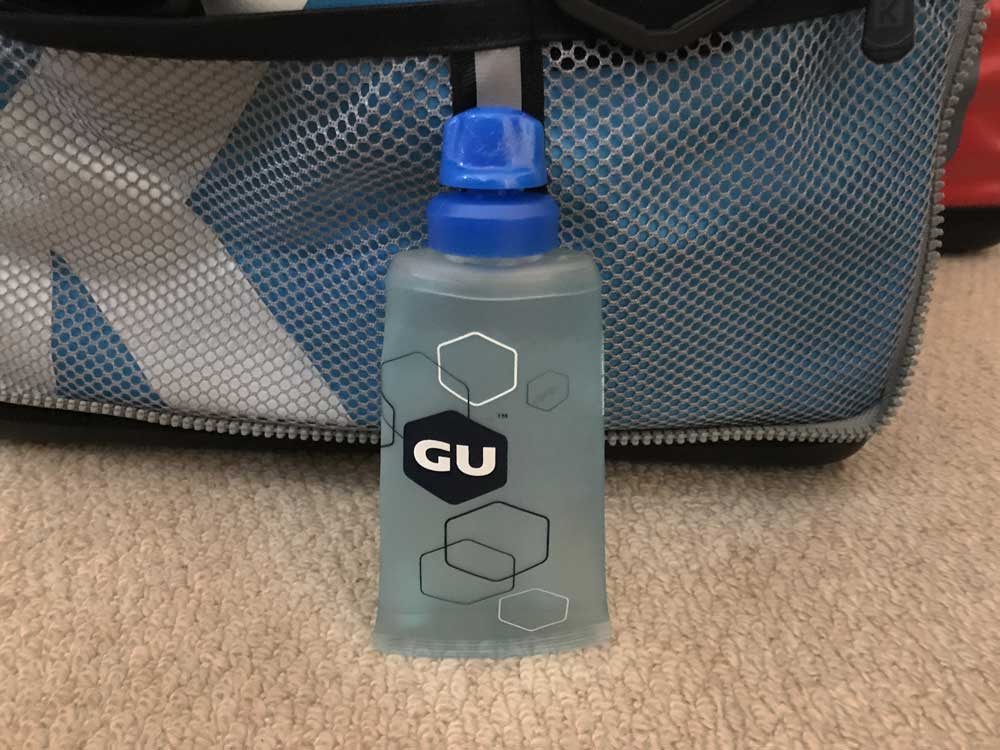Orange Is the New Black
Thursday, June 14th, 2018 | Distractions
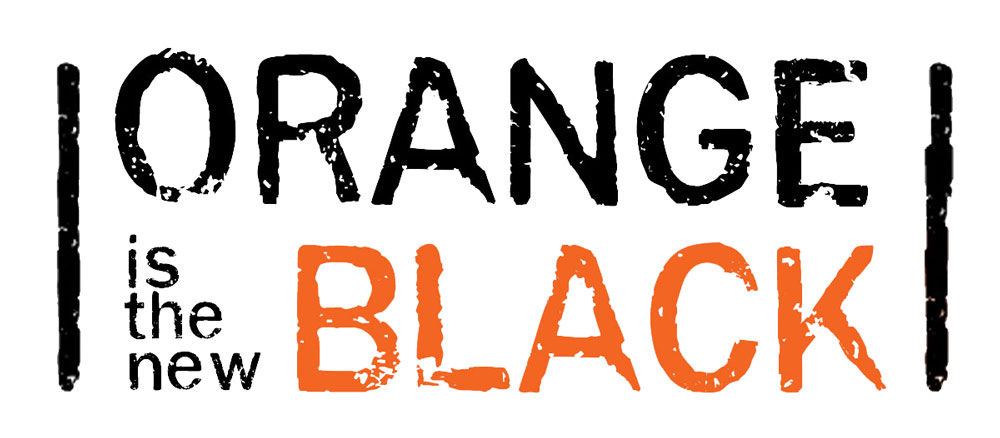
Occasionally, the number and quality of recommendations for a TV show reach a threshold and I temporarily expand my TV watching to include something other than shows about people baking in tents. Orange Is the New Black recently achieved this.
It has Captain Janeway in for a start. This wasn’t quite true. It has the actor, Kate Mulgrew. So, the character Captain Janeway isn’t in it which was a little disappointing. Luckily, Mulgrew is a wonderful actor outside of Star Trek, too, so it still worked.
If you’re not familiar with the show, it tells the story of a well-off white woman who gets busted for a ten-year-old drug offence and gets sentenced to 15 months in a minimum security prison. Like anyone who finds themselves in the slammer, she is out of her depth.
It has won critical acclaim for dealing with many of the issues of the prison system including budget cuts, corruption, privatisation and inmate abuse. The characters look real. This isn’t a bunch of women walking around a prison with perfect makeup. My guess is that the “no makeup” look is a form of makeup behind the scenes, but it is done very effectively.
I’ve found the later episodes a little less gripping, probably because of my own extensive white privilege. At first, you’re following Piper as she plays out the “rich white girl in an alien world” struggle, learning to deal with her situation and trying to hold her relationship together.
As the show goes on, the focus moves to other characters. But I can’t identify with growing up in a house where drug use is normal, or in foster care, or with gang violence. It’s elucidating as to how many prisoners are victims of circumstance and upbringing but then, as a leftie, I already believed that.
It will be interesting to see where they take the show next. It returns with a new series later this month.

Occasionally, the number and quality of recommendations for a TV show reach a threshold and I temporarily expand my TV watching to include something other than shows about people baking in tents. Orange Is the New Black recently achieved this.
It has Captain Janeway in for a start. This wasn’t quite true. It has the actor, Kate Mulgrew. So, the character Captain Janeway isn’t in it which was a little disappointing. Luckily, Mulgrew is a wonderful actor outside of Star Trek, too, so it still worked.
If you’re not familiar with the show, it tells the story of a well-off white woman who gets busted for a ten-year-old drug offence and gets sentenced to 15 months in a minimum security prison. Like anyone who finds themselves in the slammer, she is out of her depth.
It has won critical acclaim for dealing with many of the issues of the prison system including budget cuts, corruption, privatisation and inmate abuse. The characters look real. This isn’t a bunch of women walking around a prison with perfect makeup. My guess is that the “no makeup” look is a form of makeup behind the scenes, but it is done very effectively.
I’ve found the later episodes a little less gripping, probably because of my own extensive white privilege. At first, you’re following Piper as she plays out the “rich white girl in an alien world” struggle, learning to deal with her situation and trying to hold her relationship together.
As the show goes on, the focus moves to other characters. But I can’t identify with growing up in a house where drug use is normal, or in foster care, or with gang violence. It’s elucidating as to how many prisoners are victims of circumstance and upbringing but then, as a leftie, I already believed that.
It will be interesting to see where they take the show next. It returns with a new series later this month.
